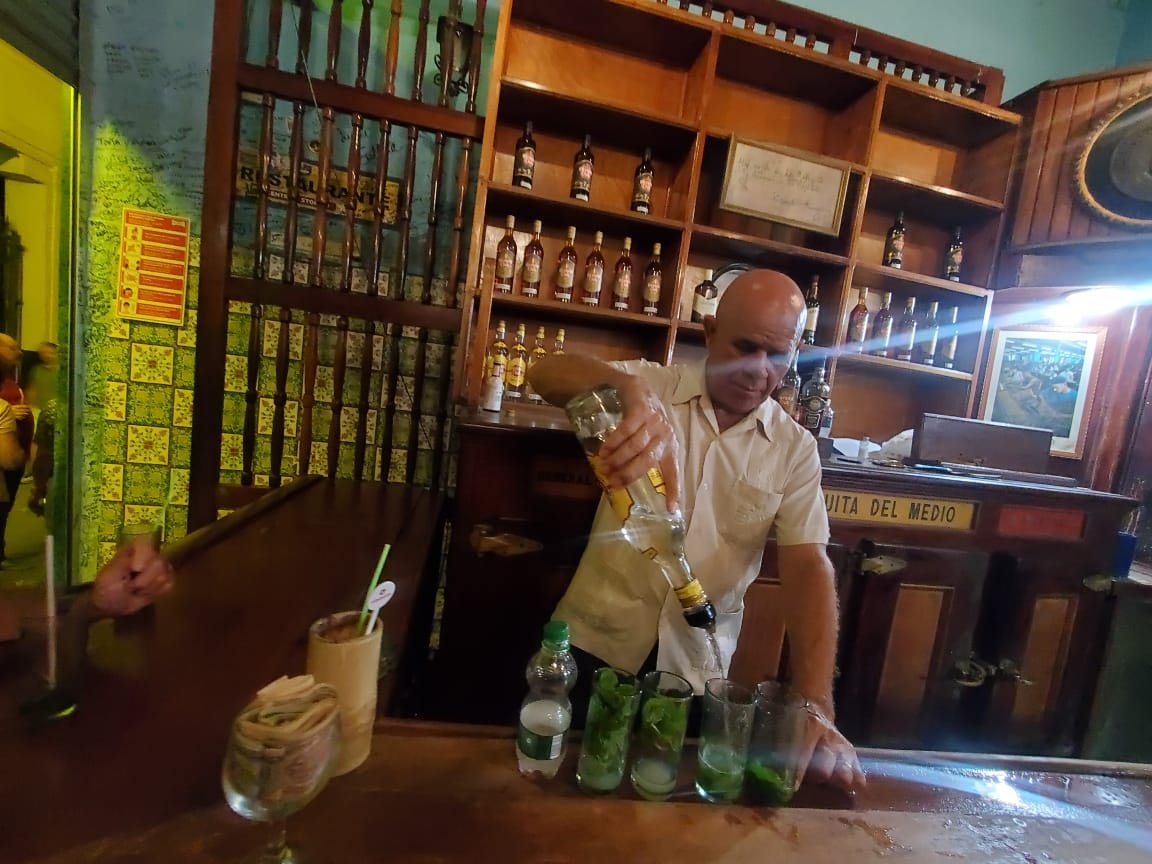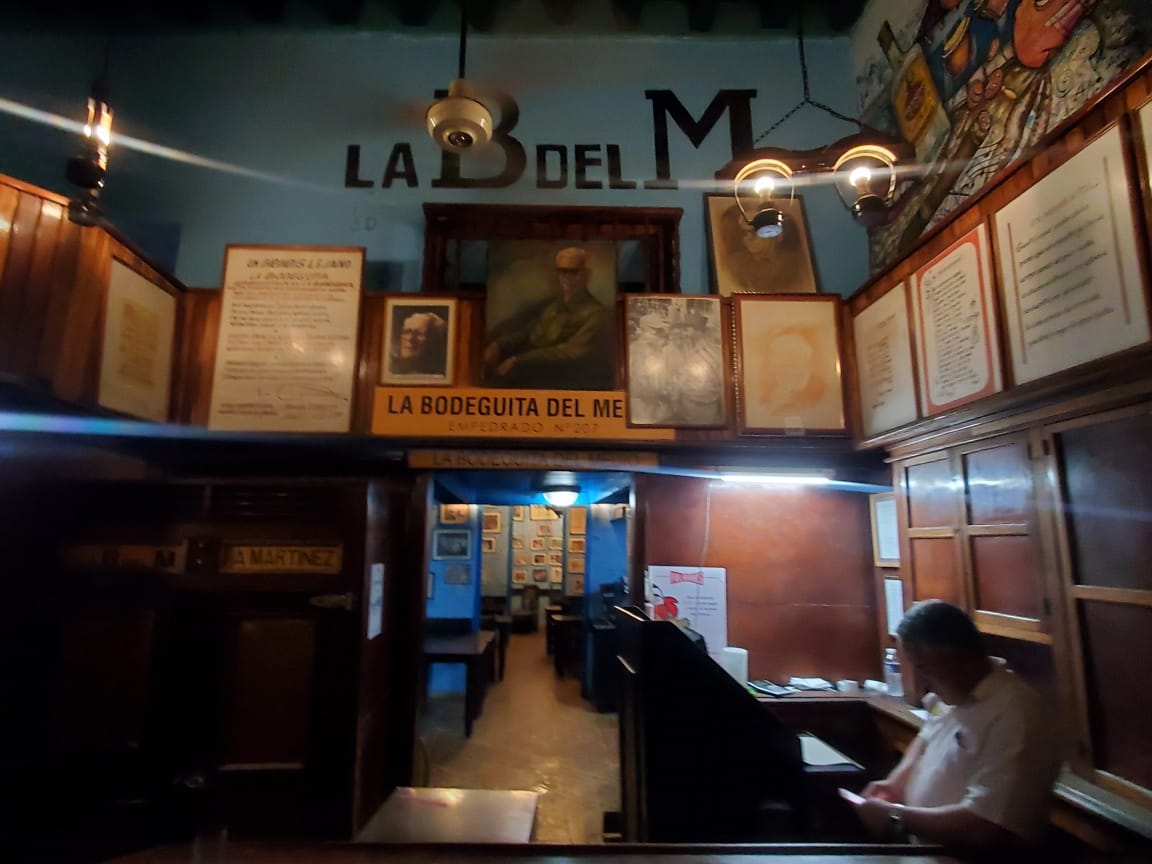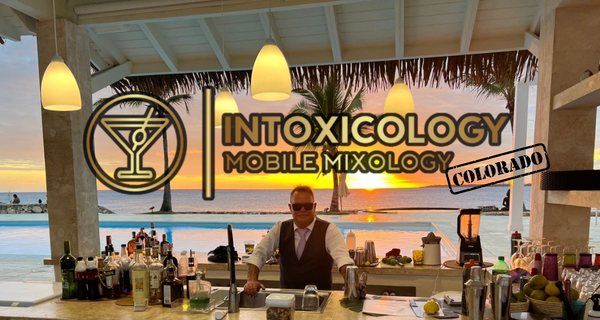Welcome to a journey through the vibrant history of the Mojito, a cocktail that embodies the essence of Miami’s culture and its Cuban connections. This article, catered to enthusiasts and party planners, delves into the Mojito’s recipe, rich past, evolution, and how it has become a symbol of Miami’s cocktail scene.
The Historical Blend of the Mojito
Origins in Medicine?
The Mojito’s history is as intriguing as its taste. Some historians trace its origins back to 1586, linking it to a medicinal concoction named after Sir Francis Drake. Known for his exploits as a privateer, Drake’s arrival in Cuba is marked by an interesting twist—his departure from Havana without plundering. This surprising event might have inspired the creation of a drink named in his honor.
From Draque to Mojito
The earliest version of the Mojito, known as “Draque,” combined aguardiente de caña (a primitive form of rum), sugar, lime, and mint. It was believed to have medicinal properties and was a staple during Havana’s cholera epidemics.
However, the Mojito underwent a significant transformation in the mid-1800s when Don Facundo Bacardi Massó founded the Bacardi Company. The substitution of aguardiente with rum gave birth to the Mojito as we know it today. This change may have been influenced by Bacardi’s early marketing strategies.

American Influence and Hemingway’s Legacy
During Prohibition, Cuba became a haven for Americans seeking alcohol. The thriving Cuban bar scene introduced new layers to the Mojito’s evolution, possibly driven by American cocktails like the Mint Julep.
One of the Mojito’s most famous connections originated at Cuba’s La Bodeguita del Medio bar, which claims to be the birthplace of this iconic cocktail. It became a favorite of Ernest Hemingway, though the connection remains anecdotal rather than documented history.
Recipe: Classic Mojito and Skinny Variant
Classic Mojito
- Ingredients:
- 2 oz White Rum
- 1/2 to 3/4 oz Lime Juice
- 2 tsp Sugar
- 6–8 Fresh Mint Leaves
- Soda Water
- Ice
- Method:
Muddle the mint leaves, lime juice, and sugar in a glass. Add white rum and stir. Fill the glass with ice and shake gently. Serve topped with soda water and garnish with a lime wedge or mint sprig.
Skinny Mojito
- Simply substitute sugar with a sugar-free sweetener for a lower-calorie version.
Customizable Flavors
Mojitos are highly versatile and can be personalized with a variety of ingredients like fruits (e.g., strawberries, mango, or blueberries) and different rum styles to suit individual preferences.

Miami: The Mojito Capital
In Miami, the Mojito is more than a drink—it’s a craft. Bartenders across the city elevate this cocktail with unique twists on the classic recipe. Techniques like ‘spanking’ mint leaves (to release aromas), muddling, lightly tapping, or experimenting with stirring and shaking give each Mojito its distinct character. This artistry has made Miami a hub for Mojito lovers, where the drink is as vibrant as the culture itself.
Conclusion
The Mojito, a cocktail steeped in history and culture, perfectly captures the essence of Miami’s lively lifestyle and Cuban heritage. Whether you enjoy the classic version, a healthier skinny variant, or a fruit-infused twist, this timeless favorite continues to delight cocktail enthusiasts worldwide. Cheers to the Mojito—Miami’s iconic cocktail!











